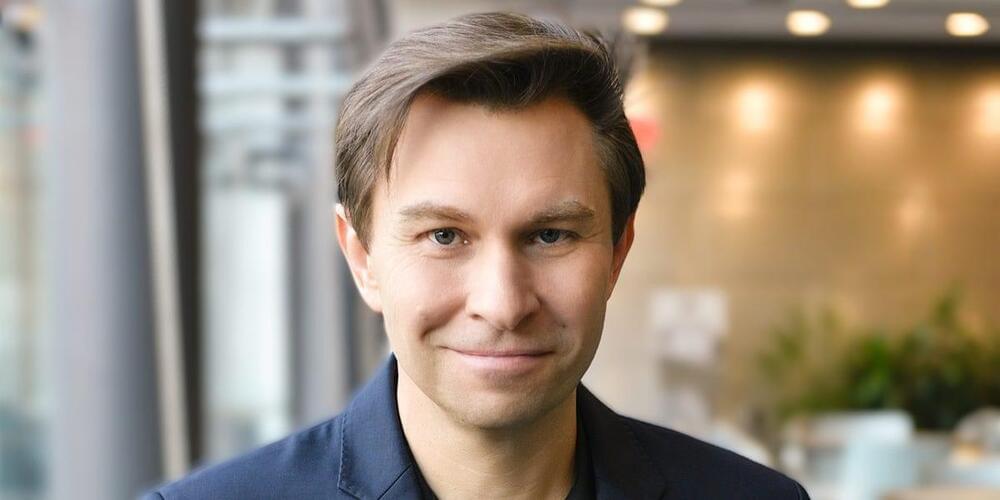What exactly is light—and what is it made of? It’s an age-old question that dates back to antiquity, and one of the most important investigations undertaken by scientists looking to understand the nature of reality.



Thetechnodrom.com is the place for every science and tech lover out there. Since the beginning of time, people have been interested in weird creatures and inventions, and The Technodrom is here to provide all the answers.
Daniel Dennett.
May 14, 2014
Serious thinkers contend that free will cannot exist in a deterministic universe — one in which events are the singular outcomes of the conditions in which they occur. The alternative view, that free will is prerequisite for personal responsibility and morality, is the basis of our legal and religious institutions. Philosopher Daniel Dennett unravels this conundrum and asks whether we must jettison one of these notions, or whether they can co-exist. He then asks: if free will is an illusion, as many scientists say, should we conclude that we don’t need real free will to be responsible for our actions?
Daniel Dennett is the Austin B. Fletcher Professor of Philosophy and Director, Center for Cognitive Studies at Tufts University.

Color me surprised… a new bipartisan house caucus on longevity.
We in the longevity field have received powerful allies on Capitol Hill with the creation of the bipartisan Congressional Caucus for Longevity Science. We had the opportunity to ask questions of one of its co-chairs.
The fight against aging must become one of humanity’s main priorities if we want to see meaningful progress on a global scale. This requires recruiting allies among politicians and other decision makers.
Recently, a major step in that direction was made. Reps. Gus Bilirakis (R-FL) and Paul Tonko (D-NY) announced the formation of the Congressional Caucus for Longevity Science. According to the press release, the caucus “aims to educate Members about the growing field of aging and longevity biotechnology, and promote initiatives aimed at increasing the healthy average lifespan of all Americans.”

Ancient philosopher Anaximander’s discoveries about rain, wind and the cosmos may make him the true force behind modern science, argues physicist Carlo Rovelli in his newly republished first book.
By Simon Ings


Quantum mechanics had a disordered beginning in the 1920s, and is still developing today. Science is rarely a done deal, says Chanda Prescod-Weinstein
Columnist By Chanda Prescod-Weinstein

“That’s got molecules in it that will prevent cancer, among other things” like anti-inflammatory properties, he said. Some older research has shown, for example, that green tea consumption might be linked to a lower risk of stomach cancer.
Sinclair also said he takes supplements (like those sold on the Tally Health website) that contain resveratrol, which his team’s research has shown can extend the lifespan of organisms like yeast and worms.
While the compound, famously found in red wine, is known to have anti-inflammatory, anti-cancer, heart health, and brain health benefits, the research is mixed on if or how well such benefits can be achieved in humans through a pill.
Driving Toward the Elimination of Cancer — Joel Greshock — VP, Oncology, Data Science & Digital Health, Janssen Pharmaceutical Companies of Johnson & Johnson.
Joel Greshock is VP, Oncology, Data Science & Digital Health, Janssen Research & Development (https://www.janssen.com/oncology/leadership-team). In this position, he is responsible for creating unique and actionable medical insights using large and increasingly available datasets. The focus of this research includes discovering novel therapeutic targets, identifying areas of unmet medical need, and enhancing clinical trial recruitment and execution.
Prior to joining Janssen R&D, Joel served as Vice President of Bioinformatics at Neon Therapeutics, Inc., where he built and managed the Data Sciences organization. At Neon, he was responsible for the design and deployment of personalized cancer therapies now under clinical evaluation.
Prior to joining Neon, Joel served as Head of Oncology Translational Informatics for Novartis, where he was responsible for the correlation of patient outcomes with molecular biomarkers, identification of mechanisms of clinical resistance and computational research for assets approaching or being evaluated in early phases of development.
Before joining Novartis, Joel assumed numerous roles for GlaxoSmithKline Oncology, which included Head of Bioinformatics. Earlier in his career, Joel was a Data Analyst at Abramson Family Cancer Research Institute at the University of Pennsylvania, where he built early generation microarray platforms and developed widely used predictive models for cancer predisposition mutations.

Do multiverses exist? Is our universe one of many? The multiverse is a key plot device in the hit movie Everything Everywhere All At Once.
But does the multiverse have any basis in science?
Oscars 2023: Cosmologists are trying to figure out if there’s a group of multiple universes running parallel to each other—as seen in the hit movie “Everything Everywhere All At Once”—and whether they might be habitable.